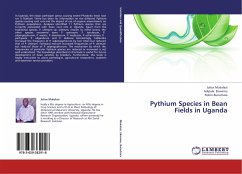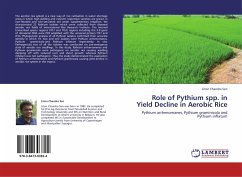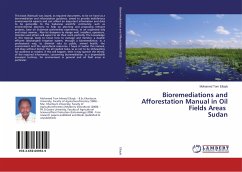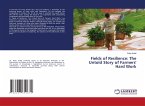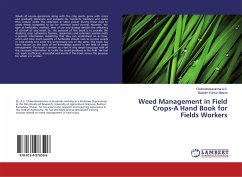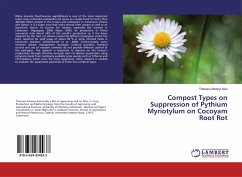In Uganda, the major pathogen genus causing severe Phaseolus bean root rot is Pythium. There has been no information on the different Pythium species causing root rots and the impact of use of organic amendments on Pythium populations. Analyses identified 11 Pythium species that are currently associated with bean root rots in Uganda. Apart from the traditional species, P. ultimum var ultimum, known to infect beans, the other species recovered were P. spinosum, P. torulosum, P. salpingophorum, P. vexans, P. dissotocum, P. nodosum, P. echinulatum, P. pachyaule, P. oligandrum and P. deliense. Interestingly, Calliandra increased the frequency of P. salpingophorum by two times but reduced that of P. ultimum. Farmyard manure increased frequencies of P. ultimum but reduced those of P. salpingophorum. The mechanism by which the frequencies of particular Pythium species are reduced or increased is not well understood. The knowledge described in this book is useful for future development of bean varieties by breeders. Furthermore, this book is highly instructive to plant pathologist, agricultural researchers, students and extension service providers.

